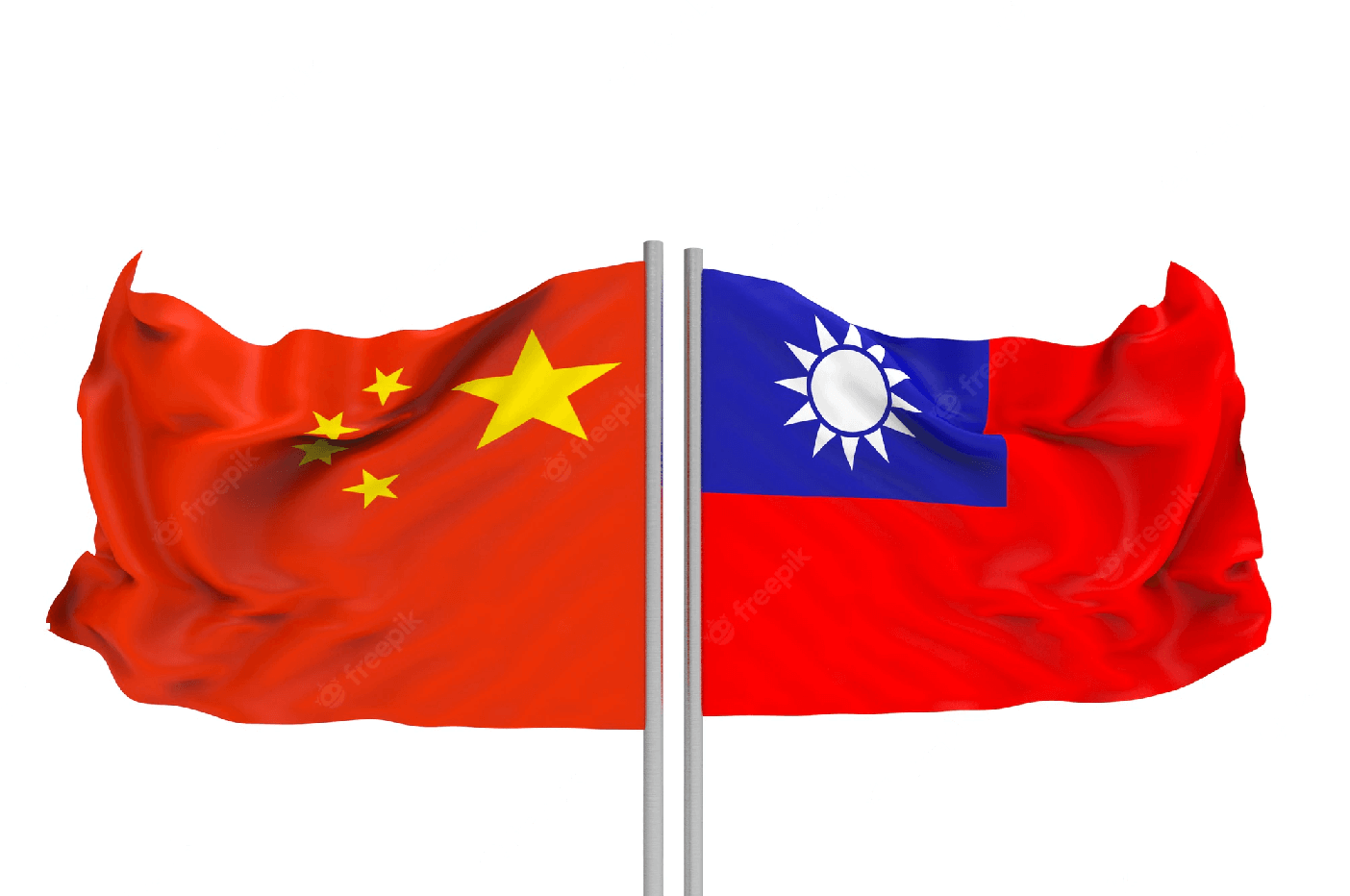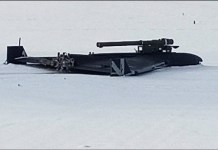Tensions are mounting in the Indo-Pacific, and both China and the US have ramped up military exercises in the region. According to a recent Taiwanese estimate, in 2023, China spent about US $15 billion, or 7 percent of its defense budget or nearly 80% of Taiwan’s total defense budget, on military drills in the Western Pacific.
The corresponding data for the US are not available in the public domain. However, the US Department of Defense has proposed spending US $9.9 billion in 2025 on the Pacific Deterrence Initiative, created to counter China’s military build-up.
While the study found that Chinese drills are lagging in terms of scale and complexity, Taiwan has approved its highest-ever defense budget for 2025. The Taiwanese military will receive NT $647 billion next year, a 7.7 percent year-on-year increase, and accounts for 2.45 percent of Taiwan’s GDP. The budget includes NT$90.4 billion to purchase new fighter jets and for missile production.
The military drills are not only to intimidate Taiwan but also to train its navy to be able to operate far beyond its shores. China considers Taiwan its own and has never renounced the right to use force to bring the democratic government island under its control. And China is putting its money where its mouth is, that is, in military activity around Taiwan and its neighbors.
The drills are also aimed at other neighbors in the South China Sea and the East China Sea, with whom China has sovereignty disputes. “This reveals the logic of allocation of their resources,” a senior Taiwan official briefed on the research was quoted by Reuters. “They are spending a huge amount of resources trying to gain control of the west of the First Island Chain.”
In a statement to Reuters, Taiwan’s defense ministry declined to comment on the figures.
“But the Chinese Communist Party’s enormous military investment in recent years indeed hurts the peace and stability in the region, which is not conducive to global prosperity and development,” it added.
The internal research conducted by the Taiwan government researchers is based on analyzing all of China’s regional naval and air operations in 2023. Then, they calculated the cost of fuel and other consumables per hour, including maintenance and salaries. The drills are indicative of the importance China attaches to gaining control of the west of the First Island Chain.
In May 2024, shortly after Taiwan President Lai Ching-te took over, Beijing launched “punishment” drills around the island country as it considered the new President a separatist. Lai’s political party asserts Taiwan’s separate status from China, and in a high-profile inaugural speech, he vowed to keep Taiwan’s democracy safe from Chinese pressure.
During the two-day “Joint Sword-2024A” war games, Chinese air and naval forces spent US $13.17 million on fuel and consumables. This estimation excludes personnel and maintenance, which could have inflated the total cost by at least three times.
During the exercise, the Chinese fighter jets made more than 100 flights and flew for some 300 hours. Commiserating this were Chinese warships and coast guard vessels that made 90 trips.
Before this, a major drill was conducted in multiple locations around Taiwan in April 2023, after Kevin McCarthy, then the speaker of the House of Representatives, met with the president of Taiwan at the time, Tsai Ing-wen. Beijing opposes such exchanges with the island’s leaders.
In August 2022, to protest Nancy Pelosi’s (the House Speaker at the time) visit to Taiwan, China conducted the largest of such exercises. Beijing fired Chinese missiles near and over Taiwan, covering six swaths of the sea surrounding the island, three of which appeared to overlap with areas that Taiwan regards as its territorial waters. Those exercises lasted four days, and China conducted additional exercises for several days after.
The exercises could teach the People’s Liberation Army valuable lessons about how to impose a possible “quarantine” or blockade around Taiwan.
The Taiwanese government has pledged to bolster the island’s defenses. On August 26, Taiwan test-fired anti-amphibious landing missiles as part of a strategy to remain mobile and deadly and deter an attack from China.
During the two days of exercises, Taiwanese troops fired tube-launched, optically tracked, wire-guided missiles known as TOW 2A missiles mounted on M1167 Humvees at floating targets off a beach in Pingtung County. The area on Taiwan’s southern tip faces both toward the Taiwan Strait and China and toward the Pacific Ocean.

Encircling Taiwan
Chinese military drills near Taiwan have shown a marked increase. In 2023, Chinese aircraft, including J-10 fighter jets, H-6 bombers, and drones, made more than 9,200 flights in the region, amounting to about 29,000 hours in the air. The Chinese aircraft carrier and destroyers have clocked more than 1.7 million hours of sailing.
Out of these journeys by Chinese flotilla, 40 percent were made in the highly contested South China Sea, about 20 percent were in the East China Sea bordering Japan and South Korea, and nearly 15 percent were in the Taiwan Strait.
Taiwan has sighted 1,700 Chinese military aircraft entering its air defense identification zone so far in 2024. This is already higher than the ADIZ violations by the Chinese aircraft in 2023.
Since 2022, the PLA-Navy has been practicing encircling Taiwan and Patrolling the East China Sea while conducting war preparation exercises and live fire drills in the Philippine Sea.
“With the (Liaoning) carrier group to Taiwan’s east, the PLA also reportedly dispatched an increased number of different types of warplanes and additional warships from the Chinese mainland west of the island of Taiwan, effectively surrounding and enclosing the island under the watch of US and Japanese aircraft carriers, which are serving as ‘perfect practice partners’ for the PLA drills,” Global Times reported about the encircling exercise.
In 2023, the Centre for Strategic and International Studies (CSIS) developed a wargame to assess the outcome of a Chinese amphibious invasion of Taiwan and ran it 24 times.
In every iteration, the US/Taiwan/Japan managed to defeat a conventional amphibious attack by China and managed to maintain Taiwan’s autonomy. However, the victory came only after the US and its allies lost dozens of ships, hundreds of aircraft, and thousands of personnel.
Hence, Taiwan needs to boost its deterrence capabilities. Taiwan has extended the period of national military service to one year, built its submarines, and imported sophisticated new equipment from the US. It is also training with the US more and more.
- Ritu Sharma has written on defense and foreign affairs for over a decade. She holds a Master’s Degree in Conflict Studies and Management of Peace from the University of Erfurt, Germany. Her areas of interest include Asia-Pacific, the South China Sea, and Aviation.
- She can be reached at ritu.sharma (at) mail.com




